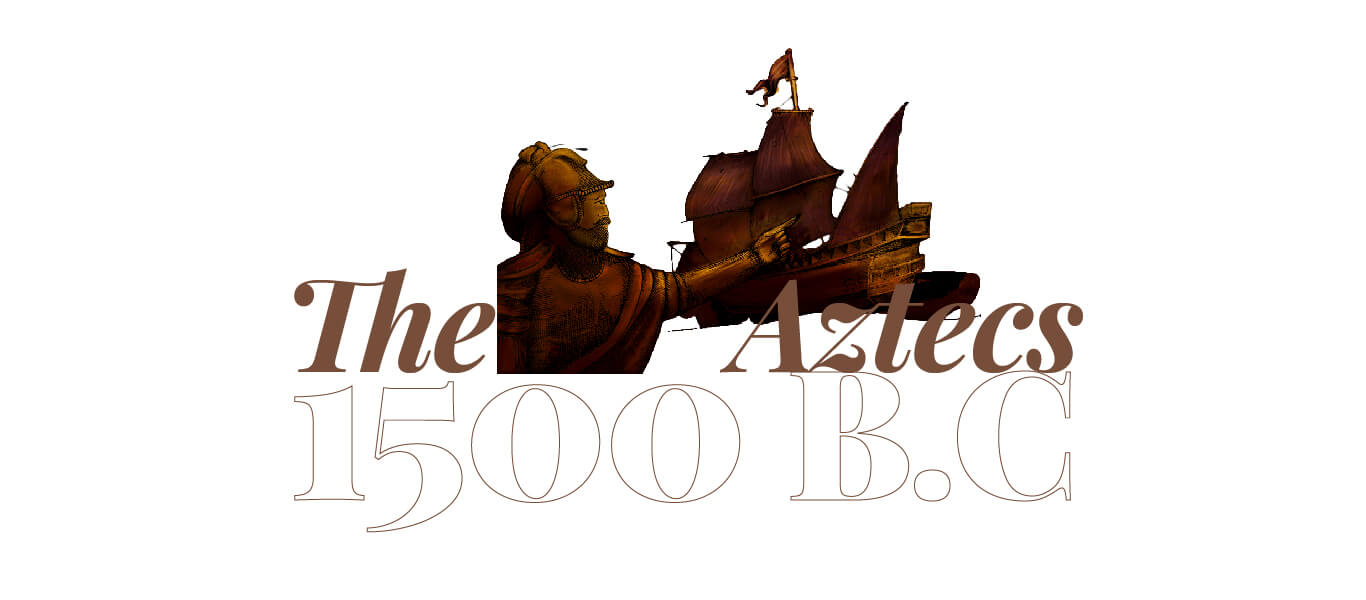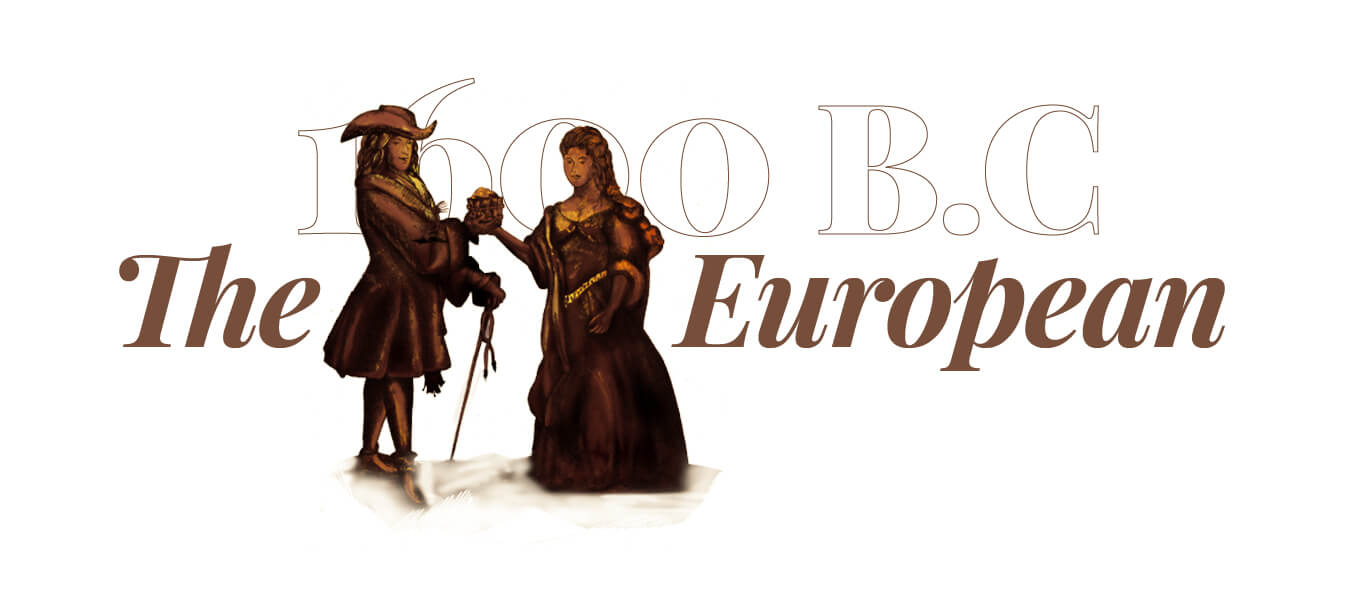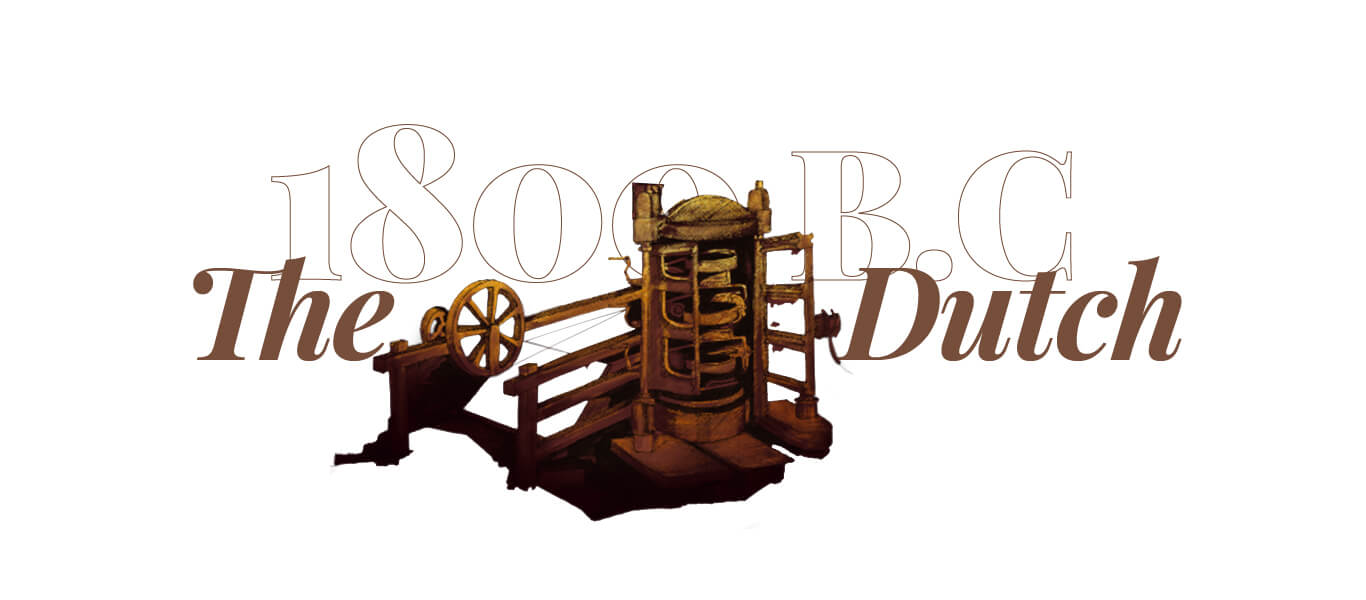Shopping cart
You have no items in your shopping cart.
You have no items in your shopping cart.

The history of chocolate is one that is steeped in magic and mystery. The Mayans in 400 AD, are believed to have been the first to brew cocoa. The drink they prepared however, was not the chocolate we know today. It was served as a bitter frothy drink mixed with spices, wine or corn puree and it was believed to be a powerful aphrodisiac. In addition to using it in everyday life, several Mayan hieroglyphs stated that chocolate was used for ceremonial purposes.

By the 15th century, the Aztecs gained control over the Mayans and adopted the much treasured cocoa bean into their culture. They believed it to be a gift from their God of farming, Quetzalcoatl. Cocoa beans were even used as currency, such was the value given to it by the Aztecs. Contrary to the Mayans who consumed chocolate warm, the Aztecs preferred a cold concoction seasoning it with a variety of additives such as vanilla and honey. As the Aztecs could not grow cacao themselves, it had to be imported into the empire. This made it an item of luxury affordable only to royalty.

By 15th century, the Aztecs adopted the cocoa bean into their culture.

The 16th century was when Europe got a whiff of the brew made from “the food of the gods”. The Spanish conquistador, Hernan Cortes was perhaps the first European to be served the frothy chocolate drink that was served as part of the post dinner party held by Emperor Montezuma. Despite describing the taste of the liquid as being unpleasant, Hernan Cortes brought back the cocoa bean to Spain where it spread it roots deep amongst the Spaniards.
It soon became a fashionable drink of the noble men and women of Spain, who tried variations of the drink at different temperatures. The love for chocolate was imbued by the Spanish friars with the addition of sweeteners such as sugar and honey to counter the natural bitterness of cocoa. The friars introduced chocolate to the Spanish court where it quickly became a favourite.

With the advent of the Industrial Revolution, new process for chocolate extraction and production emerged. The addition of alkaline salts to chocolate by Dutch chemist Coenraad Van Houten reduced its bitterness. After a few years, he fashioned a press to remove the natural fat or cocoa butter from chocolate liquor which made chocolate cheaper to produce and more consistent in quality.
And thus began the story of the first solid chocolate known as Dutch chocolate. Several years, techniques and additions by chocolate manufacturers, the chocolate we now thoroughly relish, in its smooth, creamy delicious form finally made its way to the chocolate loving masses.